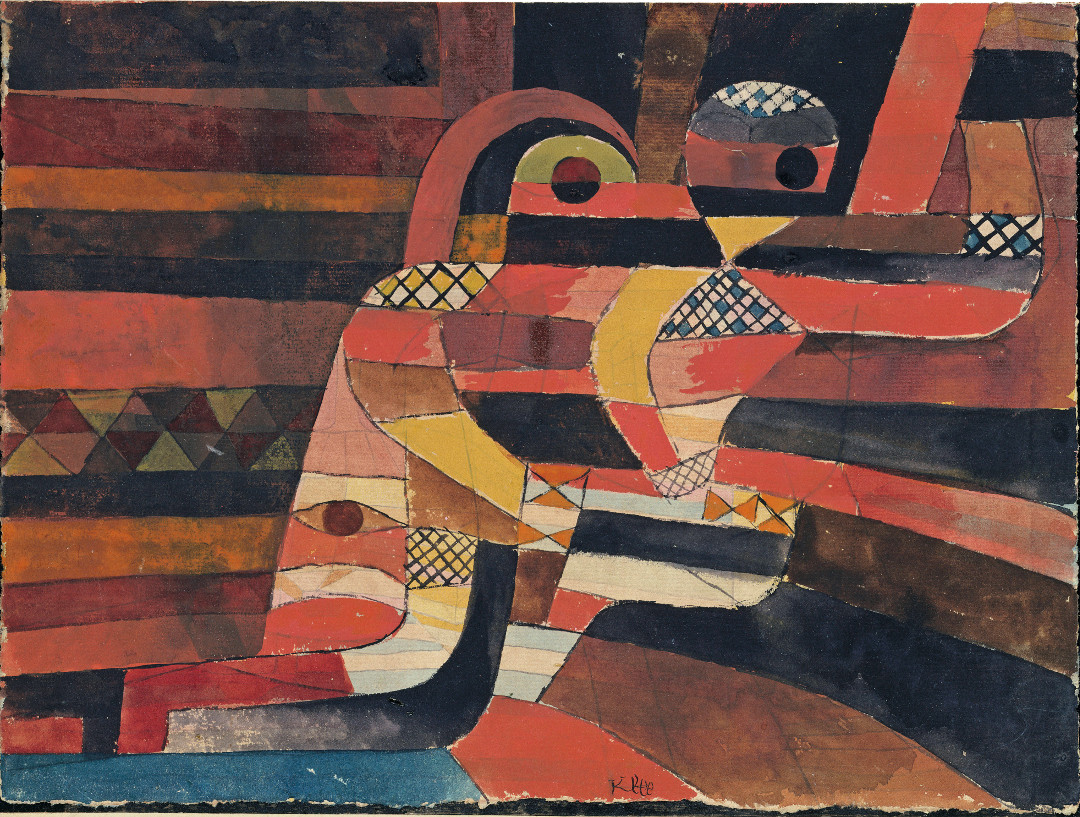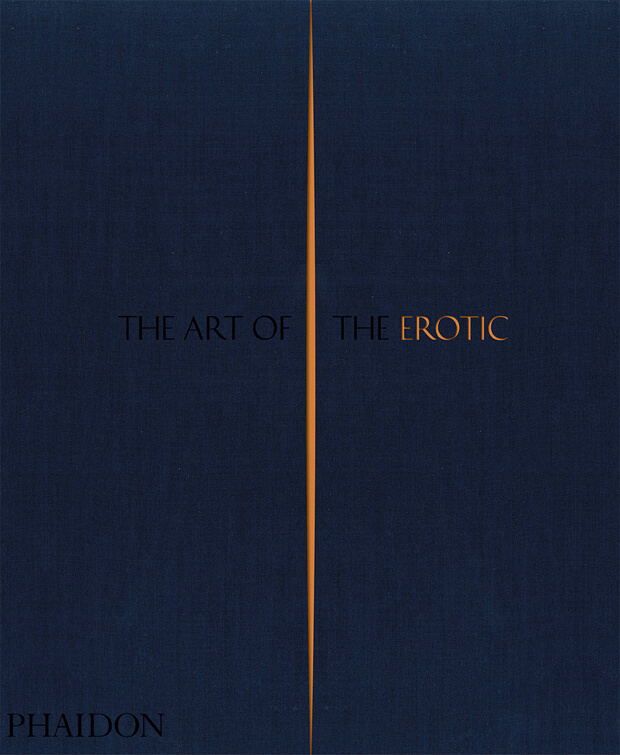
Who knew Paul Klee did erotica?
The Swiss artist only used a few abstract forms to effectively suggest the act of lovemaking in this drawing
We would find it difficult to post all the images from our new book The Art of the Erotic online. This new title reproduces erotic works by many famous artists; some of these, such as the photographs by Robert Mapplethorpe and Nobuyoshi Araki, are quite explicit. However, some of the more surprising inclusions remain relatively abstract, such as this beautiful gouache and pencil on paper work by the 20th century Swiss artist Paul Klee.
“Paul Klee’s painting Lovers is striking because the artist here conveys eroticism primarily through formal rather than representational means,” explains our new book. “The highly abstract forms merely suggest an intertwining of two figures. A man appears to be kneeling before his seated lover, who raises one arm and wraps the other around him. His hand seems to reach between her thighs, perhaps inside her.
The erotic charge does not rely on clear description, but is rather embodied in the painting’s colour and patterning. The setting is composed of a series of horizontal bands: cool, dark stripes alternating with intense, amorous red ones, which are in turn tempered by pulsating bands of pink and golden yellow. The bands interpenetrate the figures, enmeshing all in an erotic milieu. The mounting tension of the figures’ lovemaking is expressed in the tension that is created when the curved lines of their bodies break with the dominant horizontality of the scene. Diamond patterns in various parts of the figures heighten this formal-erotic tension.

“Bypassing naturalistic description and rendering the scene abstractly, Klee avoids base voyeurism or the scopophilia of pornography, and instead conveys the invisible inner feeling of passion. In the same year that he produced this painting, Klee famously wrote: ‘Art does not reproduce what is visible, but makes things visible.’
“Lovers depicts sexual union as a spiritual act; it dissolves the boundaries between two people and between the couple and their environment in a way that is similar to a spiritual experience in which one’s inner world merges with a larger, external whole.” To read more about the sex life of fine art, order a copy of The Art of the Erotic here.